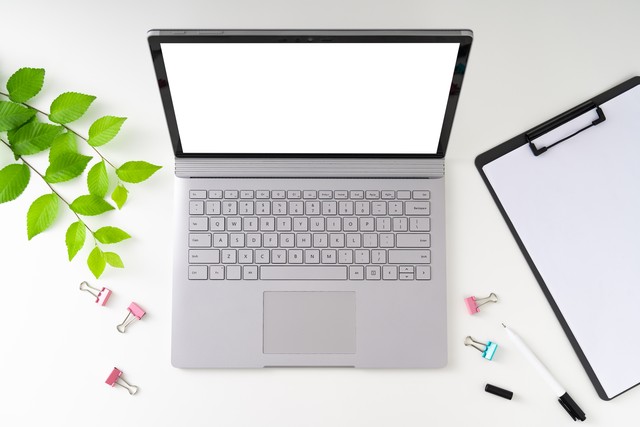January 15, 2024

1.Card design
Card design is a common layout of elements in user interface and web design, usually in the form of rectangles or squares, used to represent specific information or functional modules.
It is characterized by clear boundaries, independent content units, and an easy-to-browse structure. Cards can contain text, images, buttons, and other elements to display relevant information or provide specific functionality.
Card design is becoming increasingly popular in both B2B and B2C websites because of its ability to separate information into independent units. wordpress 使用Each card can be organized by focusing on a specific topic or content. This socially stratified teaching presentation makes it easier for users to browse and understand corporate information, avoiding overcrowded or confusing accounting information management.
Card design is usually combined with navigation. Through the layout and arrangement of cards, users can easily find the content or functions of interest. This design helps users navigate more efficiently and reduce the time they spend looking for information on the website. In addition, the card design pays attention to aesthetics, and enhances the visual appeal of the page through good fonts, images, and color matching, making users more willing to stay on the website.
2. Responsive layout
The first generation of websites was designed primarily for desktop users. Therefore, they are optimized to fit larger screens and be controlled with the click of a mouse.
However, with the proliferation of mobile devices, we realize that network access is no longer limited to the desktop. Users can access the site from a variety of devices, so we need to make sure they get the same user experience no matter what device they use.
To meet this need, responsive layouts came into being. This design approach enables the website's layout and elements to dynamically adjust and rearrange based on different user devices (such as desktop computers, tablets, mobile phones, etc.). ). Its core goal is to ensure that the website can be displayed clearly and comfortably on various screen sizes and resolutions without the need for users to manually adjust or enlarge.
Responsive layout brings a greater flexibility to the website, allowing its development to be more adaptable to the new devices and screen sizes that are constantly emerging in society. We no longer need to re-plan, design and develop the entire company's website. We only need to analyze and adjust the style sheet and layout to easily adapt to new devices and screen sizes.
Maintaining a responsive website is often more cost-effective than maintaining multiple versions of the website simultaneously. This not only reduces development and maintenance costs, but also simplifies the entire website management process. As a result, responsive layouts become a modern, cost-effective option that allows websites to better adapt to changing technological environments.
3. Blank gap
In modern web design, white space is considered a key feature and is often used skillfully in minimalist designs.
These white spaces can be represented as margins, line spacing, paragraph spacing, or spacing between elements or between different parts of the page. It's important to note that white space is not necessarily white space. It can include any area that has no visual or functional elements, such as areas that are relatively light in color or texture.
By cleverly balancing content like links, text, and videos with just the right amount of white space, users can naturally focus on the key elements of your site.
Although there are no hard and fast rules for how much white space a business needs in web design, a good rule of thumb is to leave some space between each of the main elements of the work.
Appropriate white space not only makes the page look cleaner, but also improves the aesthetics of the overall design. In contrast, overcrowded pages tend to cause visual fatigue, which can be alleviated by the right amount of whitespace.
Additionally, white space helps guide users to focus on the most important elements of your business in an organized manner. For example, if you have an image or video of a featured product at the top of your homepage, separate it from other content through reasonable use of white space. This allows it to stand on its own, highlighting its importance within the overall site.
Related articles:
4 Digital Marketing Tips to Improve Business Performance
Marketing methods for enterprise digitalization: office indispensable elements
What are the common elements of modern website design?
Posted by: shefuzuo at
06:46 AM
| No Comments
| Add Comment
Post contains 748 words, total size 6 kb.
32 queries taking 0.0683 seconds, 59 records returned.
Powered by Minx 1.1.6c-pink.









